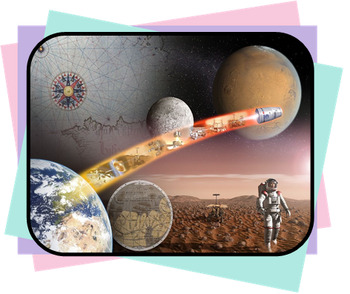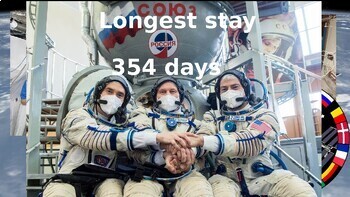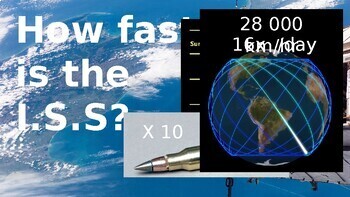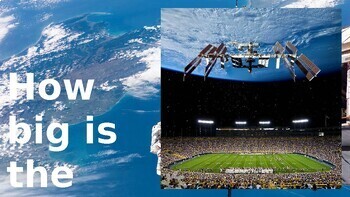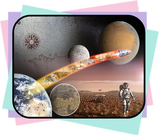Part 2 - The I.S.S. - Camping in the backyard of the cosmos
- PPTX
- Prezis
Also included in
- This visually captivating and informative presentation takes you on a thrilling journey through space exploration, highlighting some of the most remarkable space probes and missions that have revolutionized our understanding of the cosmos.With a format resembling a Prezi, the presentation brings togPrice $10.00Original Price $12.00Save $2.00
Description
This is part 2 of a three part series on space exploration.
The whole was too big to upload by itself.
This section is about the ISS as a link for earthlings to the stars.
Check out the video preview for a taste of the whole collection.
The International Space Station (ISS) is a habitable artificial satellite that orbits the Earth, and it is a joint project between the space agencies of the United States (NASA), Russia (Roscosmos), Europe (ESA), Japan (JAXA), and Canada (CSA). It is the largest human-made object in space, measuring 109 meters (357 feet) in length, 73 meters (240 feet) in width, and 20 meters (66 feet) in height. The ISS travels at a speed of approximately 28,000 kilometers per hour (17,500 miles per hour) and completes one orbit around the Earth every 90 minutes.
Since November 2, 2000, the ISS has been continuously inhabited by humans, making it the longest continuous human presence in space. Equipped with advanced scientific facilities, including laboratories for physics, biology, and materials science, as well as telescopes for observing Earth and the cosmos, the ISS is used for various experiments, including studying the effects of long-term space travel on the human body, conducting research on plant growth in microgravity, and testing new technologies for future space missions.
More than 240 people from 19 countries have visited the ISS, including the first space tourist, Dennis Tito, in 2001. The ISS has a crew of six people who typically stay on board for six months at a time, exercising for two hours a day to maintain their muscle and bone health, and drinking recycled urine and sweat.
Visible from Earth with the naked eye, the ISS is often mistaken for a shooting star, appearing as a bright, fast-moving light that crosses the sky in just a few minutes. Despite facing challenges such as a fire, a collision with space debris, and a cooling system failure, the ISS continues to operate and serve as an important platform for scientific research and international cooperation in space.

